Asian tastes for jewellery are slowly changing from the traditional and well loved Rubies, Emeralds, Sapphires and Diamonds to other exciting and equally beautiful alternatives. What is not so well known is that today is that over 4,700 species of minerals have been recognized to date, and there are at least 100 proposals for new minerals submitted each year! Not every mineral will pass as a “gem” but if Beautiful, Durable and to some extent Rare these factors would qualify the mineral as a Gem. This means that today we truly have a great selection of beautiful Gems to choose from which can be enjoyed and appreciated as much as the more commonly recognized offerings.
Garnets in every Colour!
Garnets have an interesting history found to date back to the Bronze Age. Although a majority of garnets come in red (leading to the erroneous belief that all garnets are red) the Garnet group is actually much larger than most people realize.
Red garnet's relative abundance and widespread use has contributed to a lower price than other gems in its league, but the more rare Tsavorite (green), Mandarin (orange) and Blue (change of colour) garnets are amongst the most valuable and fashionable gem materials and can be found in the latest high jewellery collections around the globe. The most expensive blue Garnet, of just over 4cts, sold for $6.8 million in 2003.
Unlike nearly every other gem material, Garnet is also one of the few gems can be considered truly natural – it is not commonly treated in any way – making even affordable specimens uniquely ‘all-natural’. Despite the profusion of garnets available today, this beautiful and varied gem material remains a popular choice for collectors with an interest in its long history, eye for its beauty and desire for its durability and affordability.
Spinel – Now more rare than Ruby
Spinel is a gem that has often been overshadowed by Ruby, but as more people have come to discover this beautiful mineral it has emerged from the shadows and is finally receiving recognition as a treasured gem in its own right. It is sought after by gem dealers and collectors on account of its brilliance, hardness and wide range of spectacular colours. In addition to beautiful rich reds which imitate ruby and rare cobalt blue hues that convincingly look like blue sapphire. Spinel can also be found in a range of gorgeous pastel shades of pink, purple and even some ‘change-of-colour’ specimens.
Spinel is not only an attractive but a historically important gem that has been commonly mistaken with ruby for centuries and so many of these famous red gems set in Royal crown jewels and exclusive collections around the world have now been discovered to be spinel. Some of the best red, pink and orange spinels are uncovered in Burma’s Mogok Stone Tract. The best blue and violet colours come from Sri Lanka, black colours are found in Thailand. Spinel is also mined in Vietnam, Tanzania, Madagascar and the Pamir mountains of Tajikistan.
In modern jewellery, Spinel is gaining popularity and is now commonly recognized by dealers and connoisseurs as an exceptionally rare and valuable gem, on par with rubies and sapphires, in fact Red Spinel is now said to be more rare than Ruby!
Tanzanite – More rare than Diamonds
This amazing gem is very young compared to the traditional gems found centuries ago. It was discovered by Masai Tribesmen as recently as 1967, and is only found in one place on earth: Tanzania, East Africa; hence its name Tanzanite. The only known deposit of tanzanite is located on a hilltop, an area only around 5 miles long by 1 mile wide. Tanzanite was given its name by Tiffany & Co, who recognized the beauty and value of this alluring gemstone and started to promote it in 1968 but still today there are many who have not yet discovered this enticing gem.
Tanzanite is pleochroic, which means that it shows different colours depending on the viewing angle. This means that Gem cutters must properly orient tanzanite In order to get the preferred blue or violet-blue hue from the face-up position. The vivid blue of tanzanite can rival any fine sapphire and the natural crystals are routinely heated to enhance these fine blue and violet hues. Although Tanzanite is usually clean to the eye, today mostly small crystals are found, with occasionally a large crystal of excellent quality.
Sunstone, an alternative to Moonstone.
Sunstone is from the Feldspar Group of minerals and is formed from crystals in cooling lava flows. Moonstone is found in the same mineral Group. Mainly mined in Oregon, USA this gem commonly occurs in pale yellow, shades of red, orange, and even green. It exhibits an unusual feature known as the Schiller effect, in which tiny silk-like inclusions in the gemstone reflect light making it appear to glow as if from an internal light source; it is because of this fiery effect that the gem got its name. Sunstone is not treated or altered in any way when used in jewellery. This is one of the most naturally appealing gems, relying on its inherent beauty and glow. The reddest sunstones typically are the most valuable, and each one looks very unique in appearance.
Moldavite the gem from Outer Space
Moldavite is found in the Czech Republic. It extraterrestrial in nature, as these crystals were formed about 20 million years ago when meteors crashed to the Earth. The impact of these meteorites hitting the rock on earth caused the existing rock to melt and fuse with the meteors, creating a new crystal made of both extraterrestrial and terrestrial material. It belongs to the Tektite group of minerals, which is a small family of natural glass rocks.
Moldavite is usually a deep bottle green with natural surface etchings, and is translucent when held up to light. Pieces vary in size and thickness.
The total amount of moldavite in the world is estimated to be about 275 tonnes' worth. Previously, there were four moldavite mines in operation throughout the Czech Republic, but today only one pit remains, which legally produces moldavite on a commercial level. It is estimated that all gem-quality moldavite will be completely exhausted in about ten years' time.
The world of gems awaits discovery at the JDMIS
If you are interested to discover more about these and many other interesting gems you are in luck as you will not have to travel too far! The JDMIS, Jewellery Design and Management International School, is central and open to all who love gems and jewellery. Providing exceptional education to the jewellery trade and to aficionados and collectors in Singapore and the region, its most popular course is entitled ‘Gem and Jewellery Trade Secrets’. Participants in this exclusive course explore the world of gems and jewellery using over 1800 gem exhibits, allowing them to see and examine natural, treated and imitation specimens to fully appreciate the variety of gems on the market. Limited to only 8-12 participants, this fascinating course is personally taught by me in the new blended (hybrid) learning mode and remains the JDMIS’ highest rated jewellery programme.
Tanja M. Sadow G.J.G.
Dean and founder of the Jewellery Design and Management International School
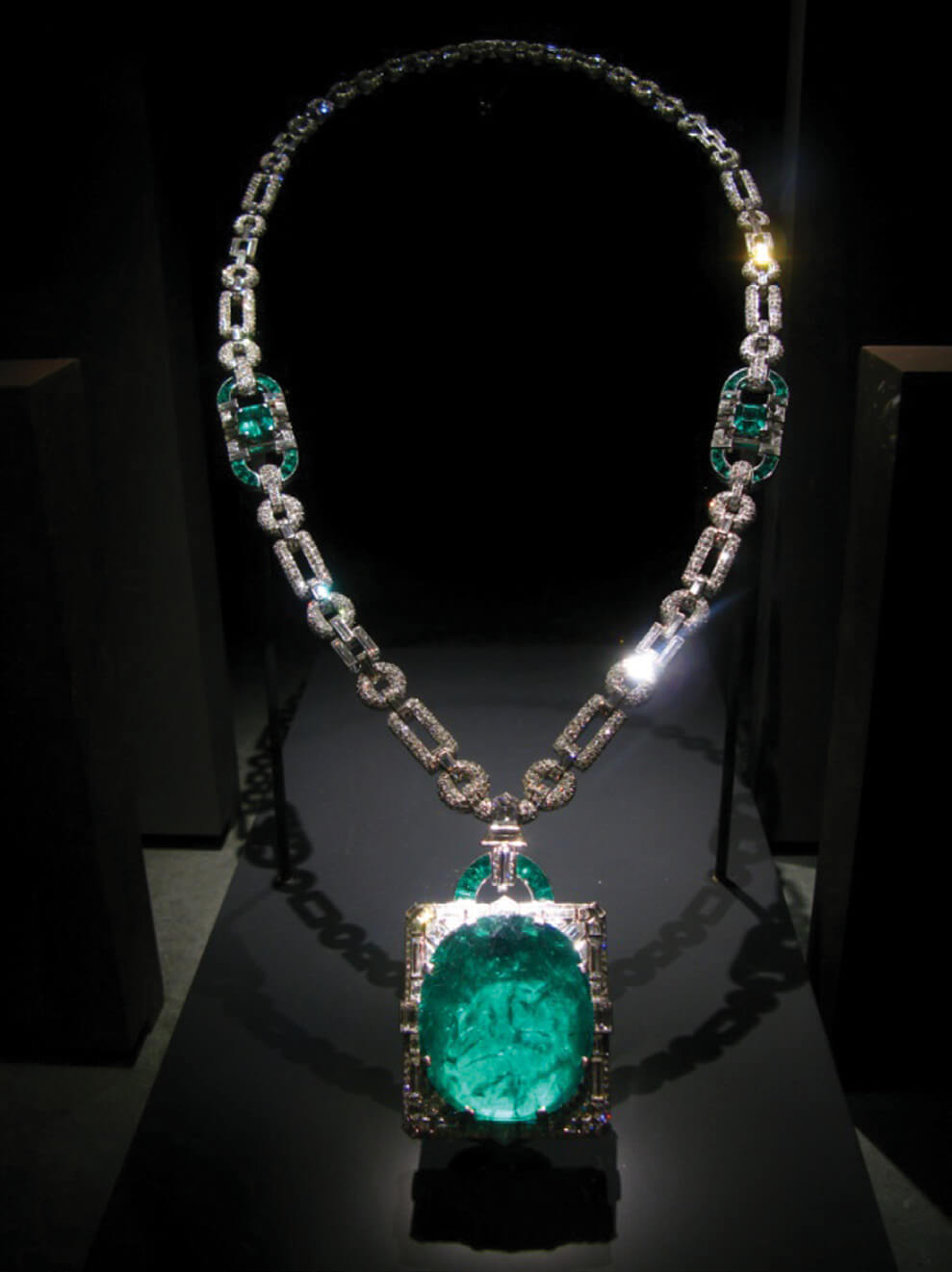
In Asia people have an inherent love for gems and jewellery and hence we see some of the most beautiful and valuable jewellery designs of investment quality. What few know is that of all the gold worn today approximately 85% is recycled. What this ultimately means is that you could be wearing the same gold as a past King, Queen, Pharaoh or Emperor! The history of jewellery is one of the most fascinating to unravel as we all have a connection, sentimental or otherwise to the jewellery we wear.
As a universal form of adornment, jewellery has survived from prehistoric times. The earliest forms were worn as protection from the dangers of life or as a mark of status or rank.

In the ancient world the discovery of how to work with metals and the development of many intricate techniques was important in the advancement of the art of jewellery. Metalworking techniques have changed over time but many of these processes remain much the same. Even modern mass production techniques are based on principles used in jewellery thousands of years ago.
We are fortunate that in early times gold and jewellery, considered valuable, was buried with the dead so as to accompany its owner into the afterlife. From this we are able to learn much about the people, their styles and what was considered important in their cultures.
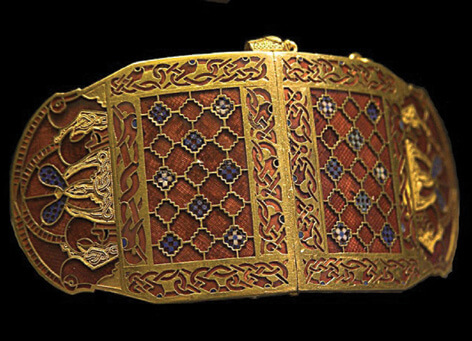
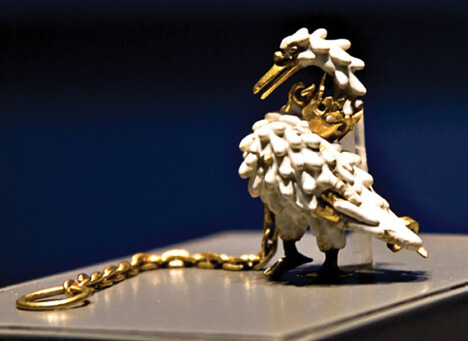
The jewellery of the Middle-ages reflected an intensely hierarchical and status-conscious society. Only the royals or nobles were allowed to wear gold, silver and precious gems. More humble ranks wore base metals, such as copper or pewter. Glass was used together with natural gems for its colour and beauty and the fact that is was difficult to distinguish it from other minerals.
Few gems were faceted this early on but polished “en cabochon” a smooth facet-less style of cutting. Glass techniques also gained in popularity, especially the use of ground glasses fired at high temperature onto a metal surface – a technique now known as enamelling. This technique allowed goldsmiths to add bright colour to their designs as, historically, colour was one of the most important factors in determining value. Some jewels of this period had cryptic or magical inscriptions as life was short and dangerous and people believed in protective powers the gems offered.
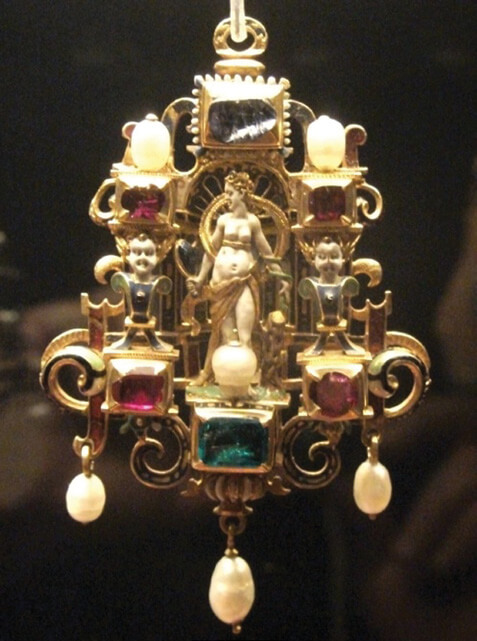

By the Renaissance many goldsmiths were trained as artists in sculpture and art and created some of the most amazing miniatures. Enamels were still very popular and often covered both sides of the jewel, and became more splendid, elaborate and colourful. This is when advances were made in cutting minerals which increased the beauty and value of gems and the beginning of faceted gems as we know them today. Many mythological figures became popular as well as the revival of intricate carving of minerals into cameos and intaglios which had been enjoyed by the Romans and other ancient civilisations.
Later changes in clothing fashion introduced new styles of jewellery. Global trade increased and new varieties of gems came to be worn and appreciated. Some of the most impressive pieces were large body ornaments while others more towards nature and a popular botanical movement.

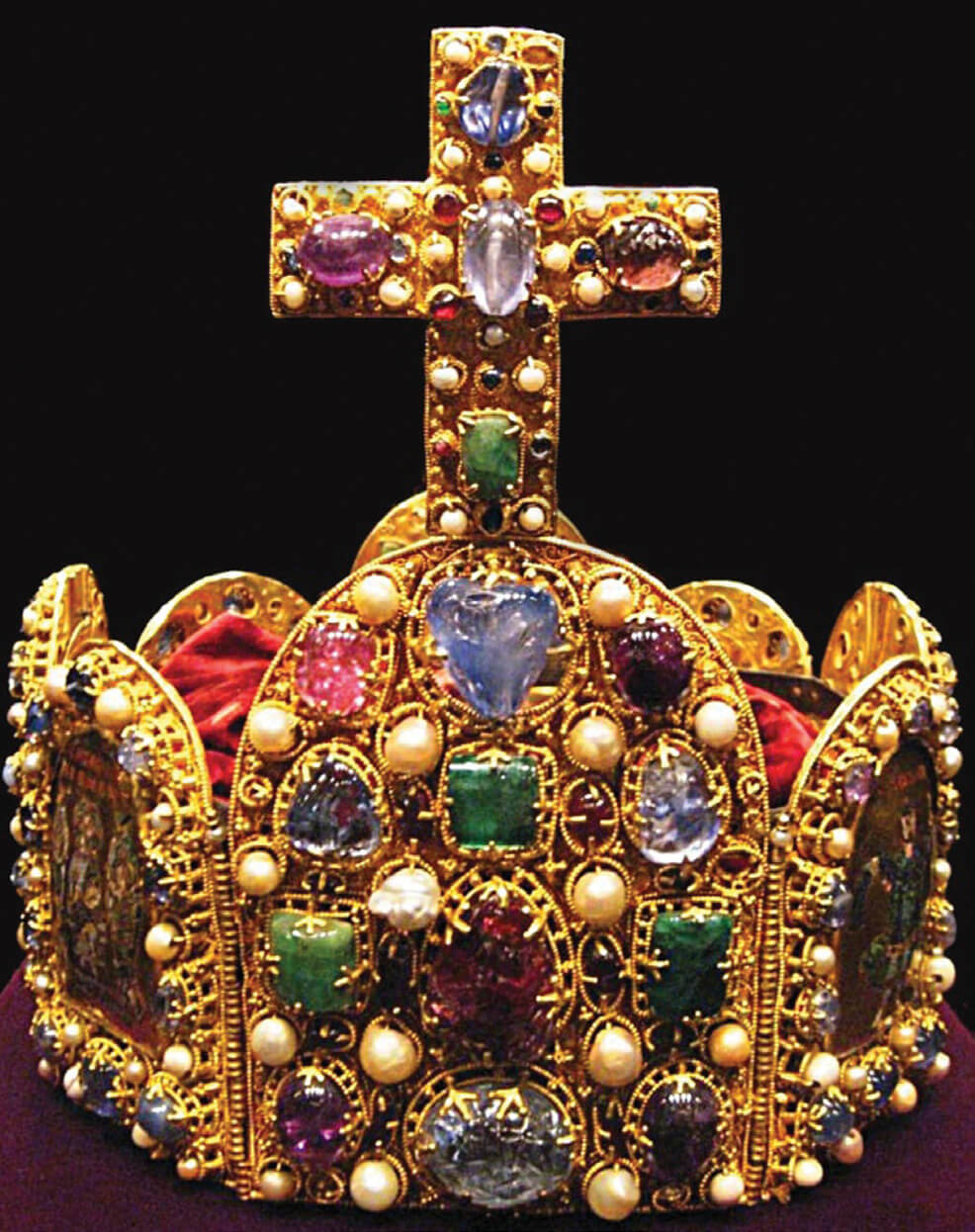
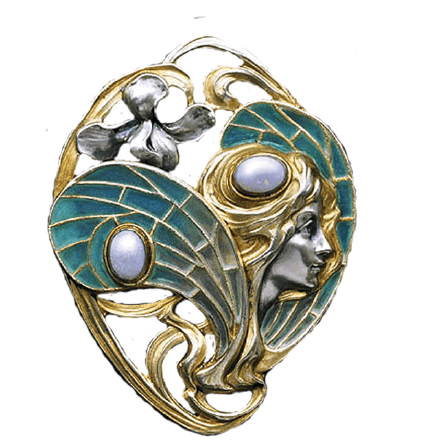
Diamonds, mounted in silver, began to sparkle more than ever and came to dominate jewellery design as magnificent sets were essential for court life. Around the 19th century there was a huge change both industrial and social, but for jewellery the classical and ancient styles from the past were revived and sought after stimulated by archaeological discoveries in Egypt and Rome. Many goldsmiths revived ancient techniques and imitated the discovered archaeological jewellery.
At the end of the 19th Century an arts and crafts movement developed in protest to the ever increasing advancements in industrialization. Jewellers focused on hand-crafting individual jewels with a variety of lesser known and less valuable minerals. Most gems were cabochons, not faceted, with less symmetrical and repetitive design and more focus on nature with soft flowing curved lines, women often blended with insects creating fantasy and an escape from reality. This developed into the famous Art Nouveau style.
The next important style was produced as a result in difficult
times through depression and war, when many craved for
glamour. This change in the times brought about a new and
different style with angular, geometric patterns which, in
contrast to Art Nouveau, celebrated the machine age, while
blending this look with the exotic elegance of the Near and Far
East.


Jewellery designs have changed faster in recent years with traditions being challenged by successive generations of independent jewellers who have an uphill task in striving to develop their own unique and distinguishable styles.
Technologies play a large part in the jewellery of today and as these new technologies are introduced at a relentless pace, many traditional jewellers struggle to remain current with new techniques and trends. As artists we would like to believe it is easier in a world where we have so much information at our fingertips but we also loose the space and serenity with the deluge of the information age has brought.
Many jewellery artists and aficionados enjoy travelling back in time, to the ornate highlights of the past, to discover how our ancestors lived and the beautiful jewellery they wore. Exploring the fascinating and creative directions jewellery has taken is both a source of endless inspiration as well as a breath of fresh air in our busy lives.
If you are an aspiring jewellery artist, the top thing you need to succeed (after mastering your skills!) is a good grasp of trends and themes. Exploring the rich world of jewellery through the ages can help you build the right vocabulary for a designer and even identify and combine themes that resonate with you to produce something new and distinct! The JDMIS certification in Epic Jewellery and Contemporary Trends was especially created by me to fulfil this important need.
Tanja M. Sadow G.J.G.
Dean and founder of the Jewellery Design and Management International School
Silversmithing is the art of fabricating objects and jewellery from sterling silver or fine silver and is an extremely useful and rewarding skill to pick up if you like one-of-a-kind pieces or enjoy the challenge of handcrafting. There are many options available to kickstart your learning journey, but not all courses are created equal. Before you dive headfirst into the first silversmithing course you chance upon, take a step back to consider 5 things that will make a difference in helping you get the most out of your class.
Course Syllabus
Unless you’re looking for a fun, one-off silversmithing experience, the course that you choose should help you build a solid foundation that will enable you to apply the fundamentals to projects that you undertake in the future. Your course should include exposure to different tools and materials as well as impart a range of basic techniques.
These include:
- Fundamentals in shaping raw materials and producing malleable metal sheets and wires that are needed to start any project
- Essential techniques like sawing, piercing, and drilling that are critical to any silversmith or metalsmith
- Other important processes to bring a piece of jewellery to life, such as soldering, texturing, stone setting, and professional finishes
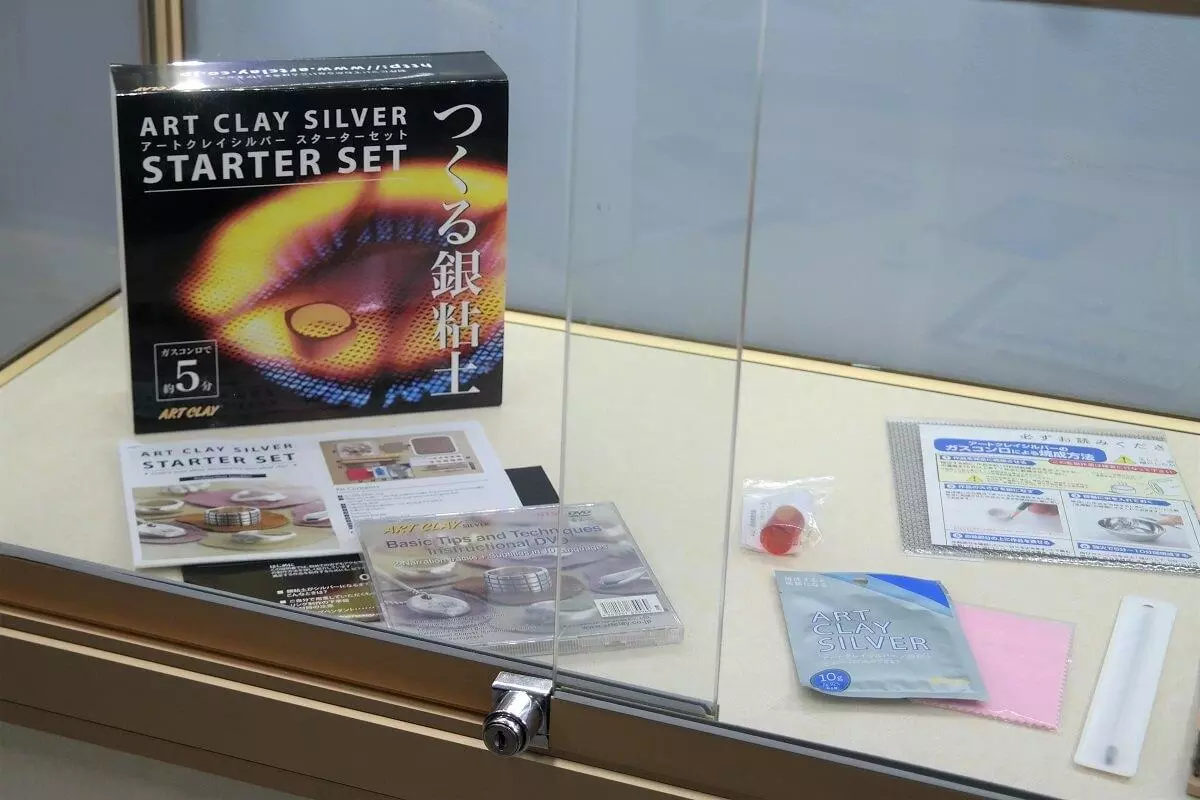
Tools and materials needed
The tools and materials you need throughout the course should be clearly stated or provided so that you don’t get surprised by hidden extra costs after signing up for your class. It is also a good idea to find out what tools and materials you get to bring home with you after the course – this will ensure a seamless transition for you to continue practicing at home, without the hassle of needing to source for your own tools.
Some essential tools for silversmithing include:
- A jewellery bench pin
- A high-speed hanging rotary drill or bench-top drill
- A torch
- Other tools of the trade
Instructors
A good instructor is critical to a good silversmithing course, and should ideally be someone with practical experience in the jewellery industry. He/she should be proficient in imparting their knowledge and skills to new learners, as well as provide valuable advice and insight for those who aspire to join the jewellery industry.
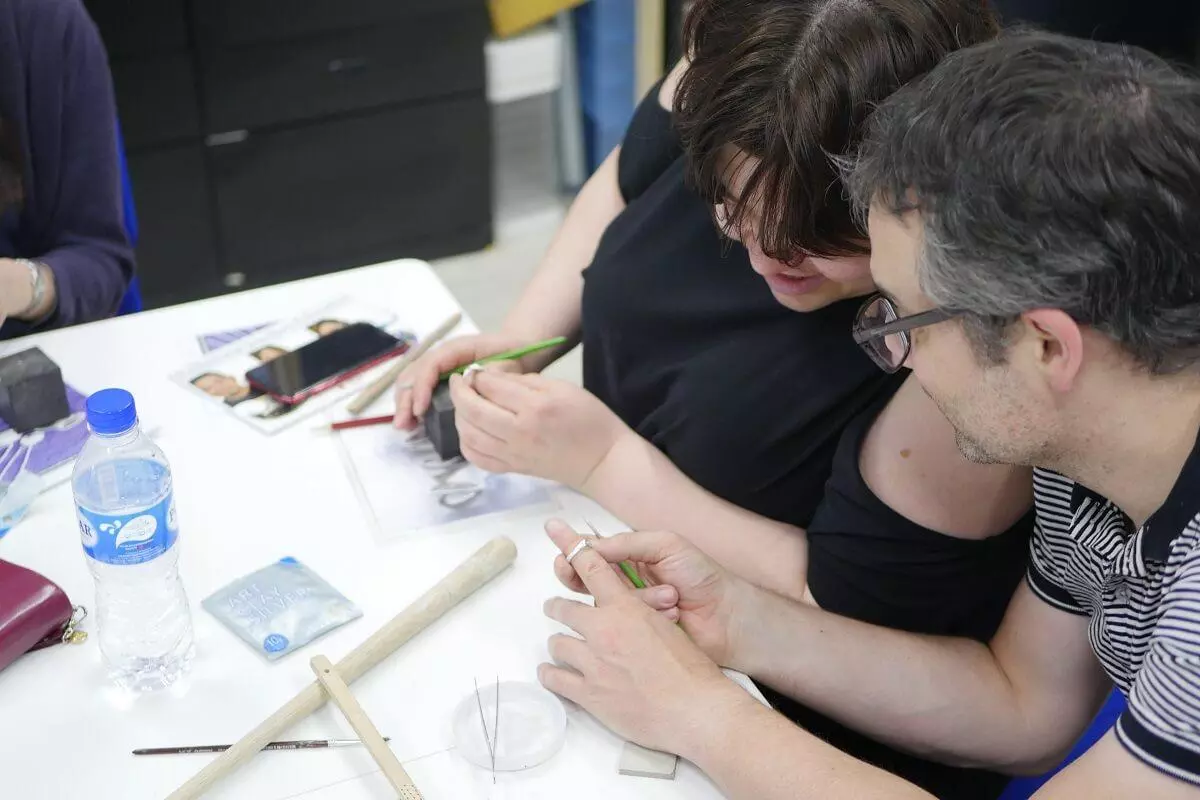
Class size and learning environment
A safe learning environment is of utmost importance, especially when misuse of tools and equipment can cause injuries. A good silversmithing course must have the proper equipment and safety guidelines set in place in order to ensure the safety of students. The size of your silversmithing class is also something to consider – a small class means that you’ll be able to receive more attention and individual feedback from the instructor on your projects.
Opportunity for further progression
For those of you wish to take your interest in silversmithing further by pursuing a career or setting up a jewellery business, you may want to consider enrolling in a course in an accredited training school. An internationally recognition certification, or even diploma, upon completion of your silversmithing course will help to open doors should you wish to further your training or find a job in the industry.

The Jewellery Design and Management International School (JDMIS) is a unique school in Singapore, specializing in jewellery training, and offers silversmithing courses that fulfil all five considerations elaborated in the checklist above. Its silversmithing and metalsmithing course covers the fundamentals of metalwork and introduces the use of various tools and materials that participants will be able to take with them even after completing the course.
Tanja M. Sadow G.J.G.
Dean and founder of the Jewellery Design and Management International School
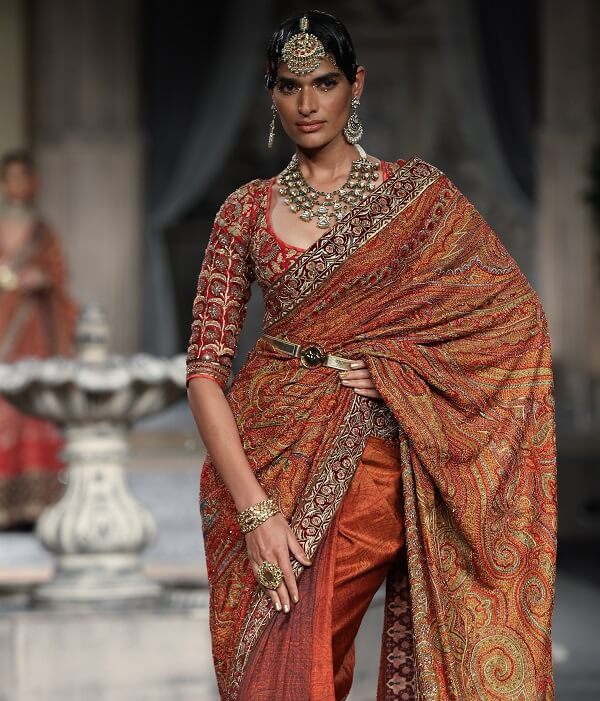
Fashion design often evokes images of haute couture – high-end, quality garments made from expensive and unusual fabrics that are seen in glamorous fashion shows. However, this is not the only aspect that fashion entails – what if you’re looking to join the fashion industry but fabrics and textiles aren’t exactly your thing?
Fashion design is the art of applying design, aesthetics, construction, and beauty to clothing and other lifestyle accessories. Jewellery is a huge part of lifestyle accessories, and while it may not be at the forefront of our minds when we think of fashion, it plays an integral part in completing a fashion ensemble.
Traditionally in fashion, jewellery was used to complement the clothing – the types of jewellery that could be worn were determined and restricted by the fashion styles and fabrics of the time. Over time, however, jewellery began to shine on its own and was no longer regarded merely as ornamentation for a particular outfit. These days, the jewellery we wear can completely change the way we perceive an outfit, whether as a final touch to complete your everyday look or the highlight of your ensemble to make a fashion statement. Even in high fashion, jewellery is growing in prominence as luxury brands seek collaborations with jewellery designers and jewellery pieces are created specifically for fashion shows.
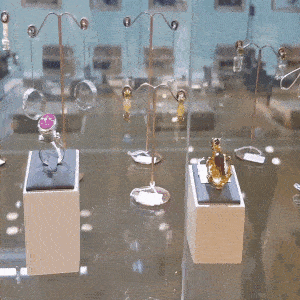
With increasing attention given to jewellery, the art of jewellery design becomes crucial in the world of fashion. Jewellery and dazzling gemstones contribute significantly to the glitz and glamour that we perceive in fashion, but what most people don’t realise is how jewellery design expertise plays a critical role in elevating and ensuring that the gemstones are shown off to the best of their potential.
High fashion aside, the importance of jewellery design is also prevalent in people’s daily lives. Most people adorn themselves with jewellery for a myriad of reasons, be it a sign of marital status, indication of religious connection, token of friendship or romance, charm for good luck, or for personal expression. These jewellery pieces often hold great sentimental value and are worn for long periods of time, which makes the expertise of the jewellery designer critical because their designs must be attractive, long-lasting and comfortable for the wearer to enjoy.

Whether you are looking to create one-of-a-kind statement pieces, produce trendy designs for mass-production, or craft bespoke designs that mark special occasions in your customers’ lives, jewellery design offers exciting opportunities for anyone looking to carve out their niche in the fashion industry.
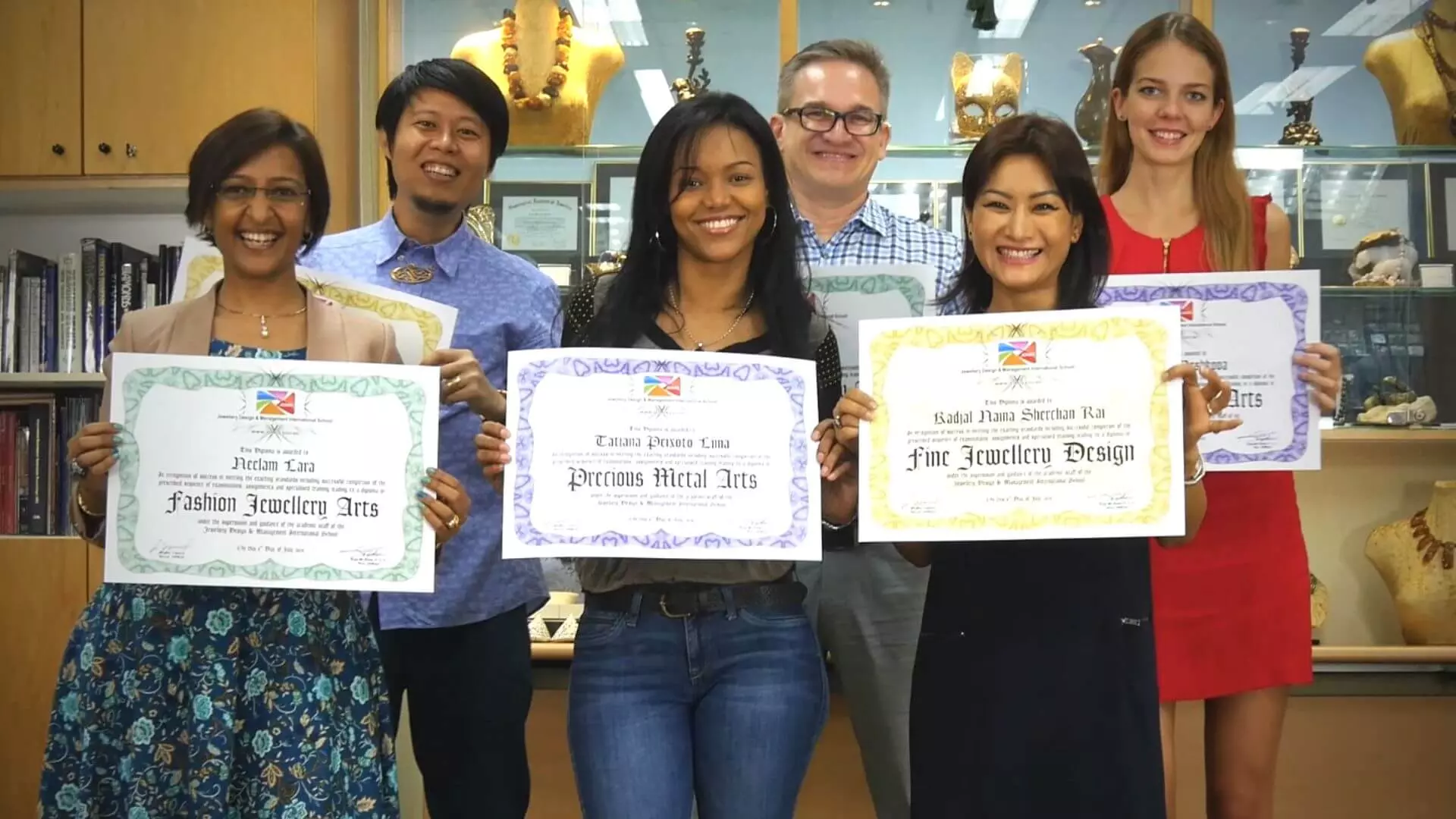
The Jewellery Design and Management School (JDMIS) is a leading Jewellery School in Singapore and Asia. Its Diploma in Fine Jewellery Design is a highly unique Fashion Design Course in Singapore, a perfect entry point for anyone interested in exploring new opportunities in the jewellery and fashion industry. JDMIS is Singapore’s only specialised jewellery training institution and its several different Diploma coursesprovide students with a solid foundation in jewellery with a focus on both the creative and technical aspects of design.
Tanja M. Sadow G.J.G.
Dean and founder of the Jewellery Design and Management International School
As the dean and founder of JDMIS, a popular jewellery design and fabrication school, I have met, trained and mentored over 5000 jewellery artists and professionals. I am always looking for ways to stay ahead of the curve and stay relevant in an ever-evolving industry. That's why I am interested to talk about the increasing use of artificial intelligence (AI) in the world of jewellery design.
AI has the potential to revolutionize the way we approach jewellery design and fabrication. Some of the key benefits of using AI in this context include:
- Fast-tracking the ideation process: AI can quickly generate a wide range of design concepts, allowing human designers to select the best ones to pursue further and streamlining the design process. This can save a significant amount of time and allow designers to focus on the creative aspects of design, rather than getting bogged down in the early stages of the ideation process.
- Expanding design capabilities: As a designer, your creative options are influenced by your training and experiences. Being able to mention design styles you are less familiar with, cultural cues you may not have grown up with, and other key words that prompt the AI can expand your design horizons and help identify possible areas for your further research and design development.
- Enhancing productivity: AI can allow designers and craftsmen to focus on the more creative aspects of design, while the AI handles the more tedious and time-consuming tasks of producing colour and style variations at the early stages of the design process. This can increase efficiency and allow designers to be more productive.
.jpeg)
While the use of AI has the potential to improve efficiency and expand design capabilities, it's also important to consider its potential limitations and challenges. For example:
- Integrating AI into traditional design processes may be difficult, as it requires designers to adapt to new technologies and ways of working. For example, designers need to build experience prompting AI tools to be able to extract useful results from the AI’s outputs.
- No AI generated content is manufacturable (at least using current generation technologies.) AIs are trained on visual queues but are not yet linked to expert systems that can validate and modify jewellery designs to make them meet necessary manufacturing requirements and tolerances, as well as adhere to industry standards for gemstone cutting, setting, wearer comfort and even budget! In our industry, at least, there is no short-term concerns over designers and craftsmen being replaced by AIs!
- The use of AI in the jewellery industry raises broader questions about intellectual property. This includes questions of plagiarism – where an AI model could be trained on images of another designer’s work and used to generate ‘new’ designs without crediting or remunerating the original designer. Today it is common for AI to be demonised because of these types of misuse – but in fact, our industry has dealt with these challenges for thousands of years! These issues remain valid, but not exclusive to AI technological developments.
.jpeg)
In reality, AI can enhance the productivity of jewellery designers and craftsmen by super-charging the early stages of their design process. As AI becomes more prevalent in the industry, designers will need to become proficient in working with these technologies and using them to help create the pieces they envision.
One new skill that will be increasingly relevant to jewellery designers in the future is ‘prompt engineering’, as designers will need to understand how to work with AI technologies and use them to bring their vision to life. This is a similar paradigm shift that happened a decade ago, when 3D jewellery designers needed to make the transition from being 3d artists, to 3d parametric modellers – building structured ‘models’ instead of directly manipulating the 3D shapes they were creating. Jewellery prompt engineers will build experience with a preferred list of terms, concepts and key words that help them get quick and usable results from different AI models.
However, it's worth noting that creative professionals from more traditional industries such as jewellery may not have access to the technology or contacts in their professional networks to help them explore emerging technologies like AI. This can lead to a divide between those who are able to embrace and utilize these technologies and those who are left behind. Organizations like JDMIS can play a role to minimise this. By working with employers to understand the impact of these technologies and helping to ensure that the skills our students learn remain relevant and useful, we can help to bridge this gap and ensure that our graduates are well-equipped to succeed in an ever-changing industry.
There is indeed concern amongst creative communities about the impact of AI on their industries. Many worry that the use of AI will lead to the automation of certain tasks, leading to job loss and a decrease in the need for human creative professionals. This is especially true in industries such as jewellery, where traditional techniques and craftsmanship are highly valued.
What we must remember is that AI is not meant to replace human designers and craftsmen, but rather to enhance their productivity and allow them to focus on the more creative aspects of their work. While AI can generate ideas and concepts quickly, it still requires human input and expertise to turn those ideas into commercially practical and manufacturable pieces. Moreover, the hardest part of being a successful designer is not sketching ideas – but identifying those ideas that, when taken to market, together with a well-executed brand and customer experience, will lead to stunning, lasting and saleable jewellery.
.jpeg)
In fact, the use of AI in the jewellery industry can actually create new job opportunities for designers and craftsmen. For example, new ‘design’ roles may be needed to program and train AI systems to generate specific types of concepts or to work with new materials. Similarly, if the AI revolution spurs an increase in customization or trend toward uniqueness, more craftsmen may be needed to bring the wider range of designs to life, using their expertise in traditional techniques such as casting, soldering, and setting.
We believe that the future of the jewellery industry is bright, and that the use of AI and other emerging technologies will only serve to enhance the creativity and craftsmanship of human designers and craftsmen. By embracing these technologies and staying at the forefront of the industry, we can continue to create beautiful and innovative pieces that are treasured by people all over the world.
I'd love to hear your thoughts, concerns, and experiences with AI in jewellery! Please leave a comment and let us know what you think about the future of our industry and the role that AI will play in it.
Tanja
Appendix: Gallery of generated images
We installed Stable Diffusion on a few of our computer lab PCs and left them to generate several hundred jewellery designs.... not all were great, but there were lots of surprises! Below are a small selection of some of the more 'jewellery-looking' outputs that came from a variety of prompting experiments:
p>All images above were created with Stable Diffusion, an open-source text to image latent diffusion AI model created by Stability.AI and released to the public in 2022. You can find out more on their github page: https://github.com/Stability-AI/stablediffusion. This amazing tool is not just open source, but thanks to a very active community growing around AI image generation, there are even simple, non-technical installation options for those that want to try it out for yourselves! What amazing times!
Tanja M. Sadow G.J.G.
Dean and founder of the Jewellery Design and Management International School
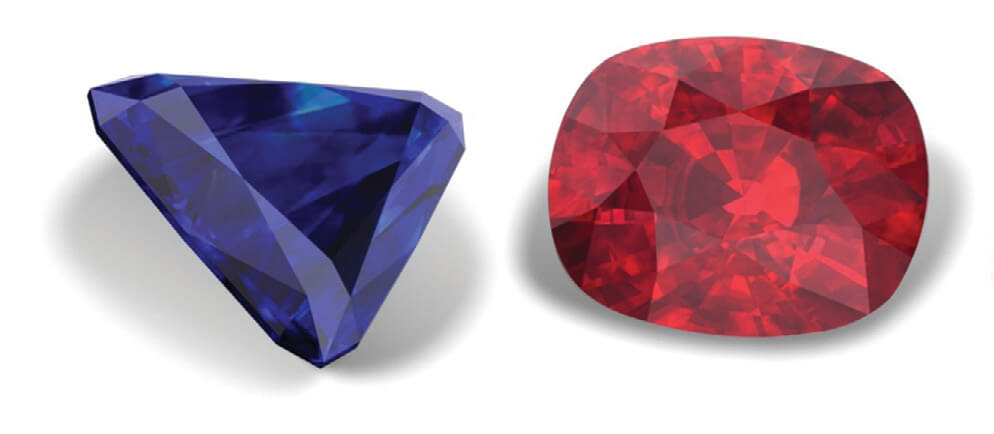
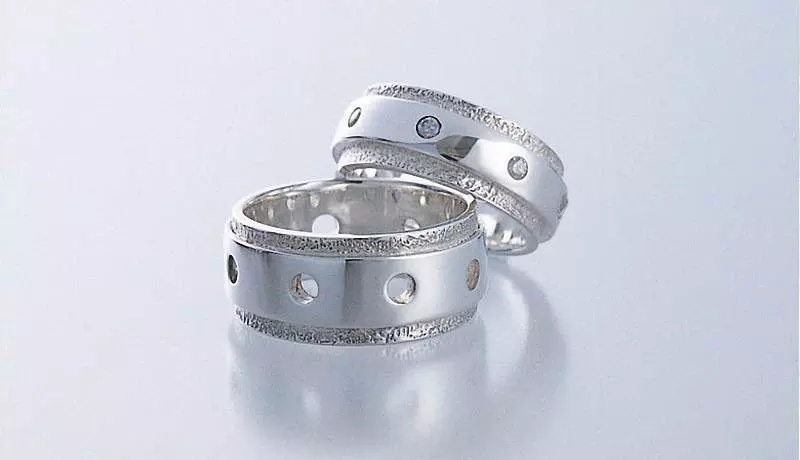
.jpeg)
.jpeg)
.jpeg)
.jpeg)
.jpeg)
.jpeg)
.jpeg)
.jpeg)
.jpeg)
.jpeg)
.jpeg)
.jpeg)
.jpeg)
.jpeg)
.jpeg)
.jpeg)
.jpeg)
.jpeg)
.jpeg)
.jpeg)
.jpeg)
.jpeg)
.jpeg)
.jpeg)
.jpeg)
.jpeg)
.jpeg)
.jpeg)
.jpeg)
.jpeg)
.jpeg)
.jpeg)
.jpeg)
.jpeg)
.jpeg)
.jpeg)
.jpeg)
.jpeg)
.jpeg)
.jpeg)
.jpeg)
.jpeg)
.jpeg)
.jpeg)
.jpeg)
.jpeg)
.jpeg)
.jpeg)
.jpeg)
.jpeg)
.jpeg)
.jpeg)
.jpeg)
.jpeg)
.jpeg)
.jpeg)
.jpeg)
.jpeg)
.jpeg)
.jpeg)
.jpeg)